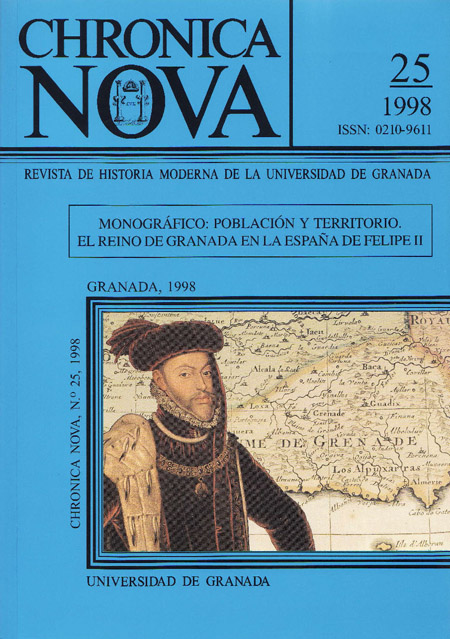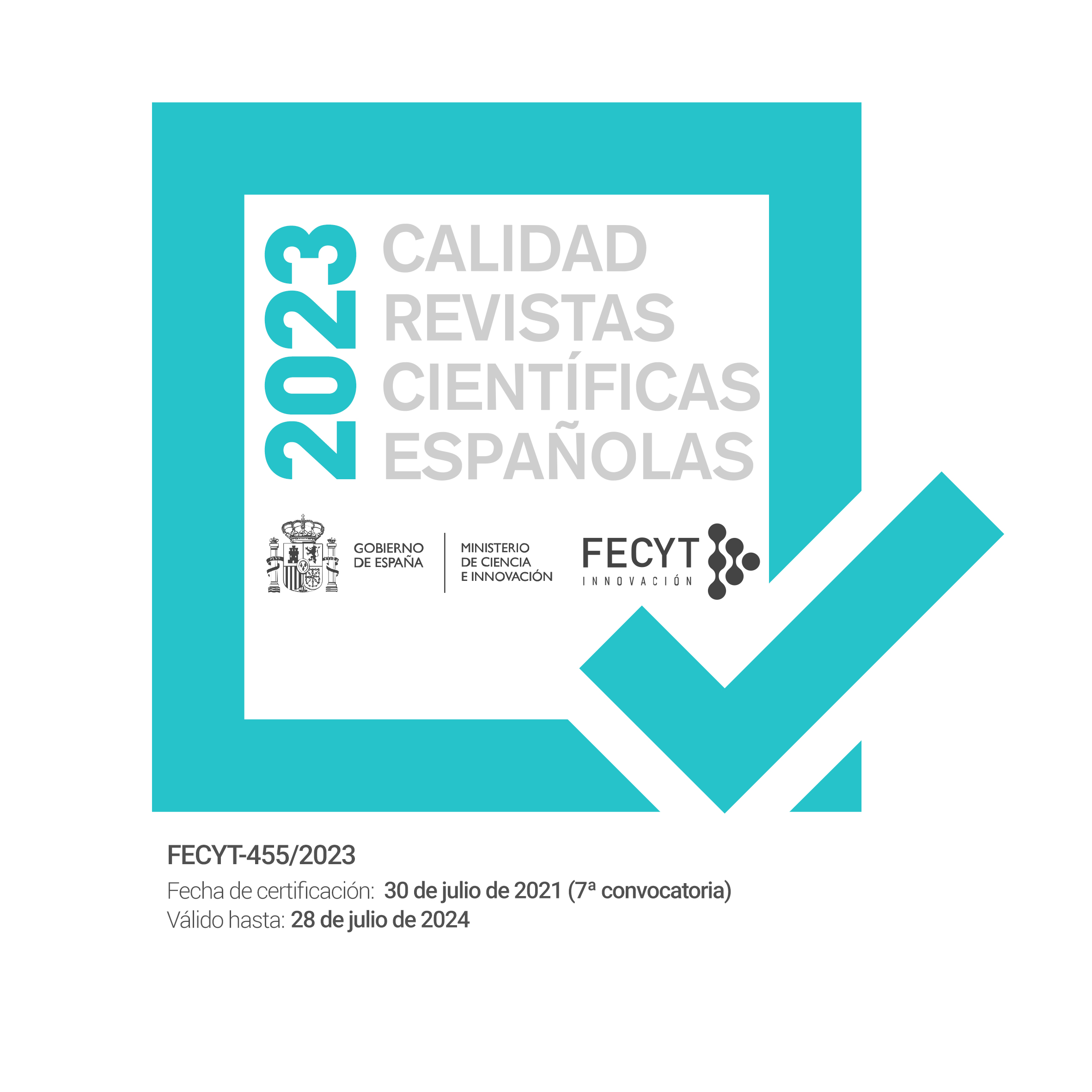Disentailment-confiscation in the Kingdom of Granada after the moorish banishment
DOI:
https://doi.org/10.30827/cn.v0i25.2079Keywords:
Lease-holds, Disentailment, Moorish, Kingdom of Granada, XVIth CenturyAbstract
During the XVIth Century the system of lease-holds was widely used, both longterm and open, as well as loans and bonds. In this way a large world of cristianos viejos rentiers (institutions and private individuals) lived on the moorish debts. This situation was exploited by the Crown after the expulsion of the moorish, in order to possession of their riches as well as a great number of cristianos viejos properties worked by moorish too. It was an obvious attempt of disentailment. But lacking legal consistency, the Crown had to either give back the confiscated properties to their Christian owners or indemnify them by cash. This unsuccessful disentailment had two serious consequences: an economical outflow in the reserves of the People’s Council to face the payment of the lease-holds and the moorish debt; and a significant reduction of the number of the re-settlers, who were removed of the assigned properties to give them back to their first Christian owners.Downloads
Downloads
How to Cite
Issue
Section
License
Nuestra revista se atiene a las recomendaciones para la implementación del Artículo 37 Difusión en Acceso Abierto de la Ley de la Ciencia, la Tecnología y la Innovación:
- Los/as autores/as cuyas contribuciones sean aceptadas para su publicación en esta revista conservarán el derecho no exclusivo de utilizar sus contribuciones con fines académicos, de investigación y educativos, incluyendo el auto-archivo o depósito de los artículos aceptados en repositorios institucionales o temáticos de acceso abierto de cualquier tipo en un plazo máximo de seis meses.
- Preferiblemente se permitirá el uso de la versión publicada de las contribuciones científicas, que estarán accesibles en abierto tan pronto como sea posible.
-
Que en caso de que el trabajo sea aprobado para su publicación, el/la autor/a autoriza de manera ilimitada en el tiempo a la entidad editora para que incluya dicho texto en Chronica Nova y pueda reproducirlo, editarlo, distribuirlo, exhibirlo y comunicarlo en el país y en el extranjero por medios impresos, electrónicos, CD, Internet o cualquier otro medio conocido o por conocer.






 ISSN-e: 2445-1908
ISSN-e: 2445-1908










